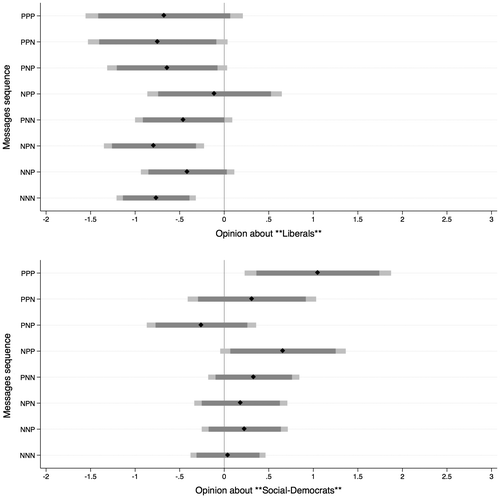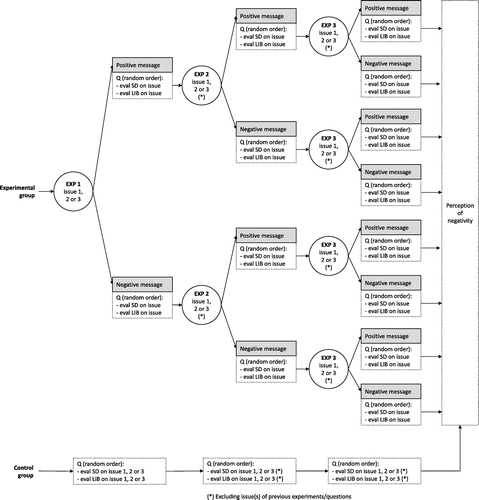Figures & data
Figure 2. Coefficients plot – The effects of messages sequence on perceptions of negativity.
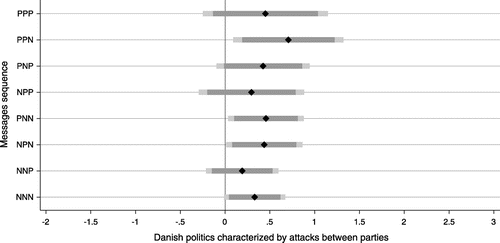
Figure 3. Volume effects of negative messages. Comparing exposure to one and three negative messages, by issue.
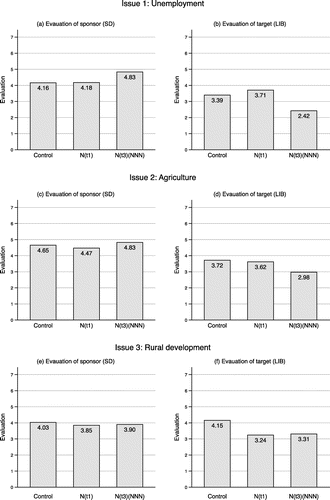
Figure 4. Volume effects of positive messages. Comparing exposure to one and three positive messages, by issue.
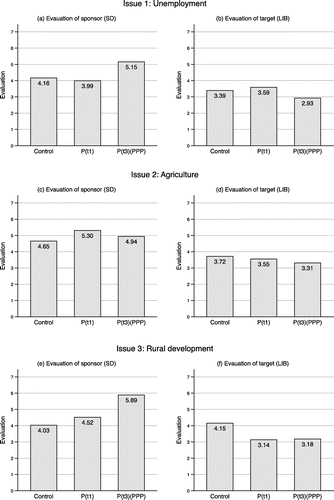
Figure 5. Coefficients plot – The effects of messages sequence on evaluation Liberals (top panel) and Social-Democrats (bottom panel) in last experiment.
